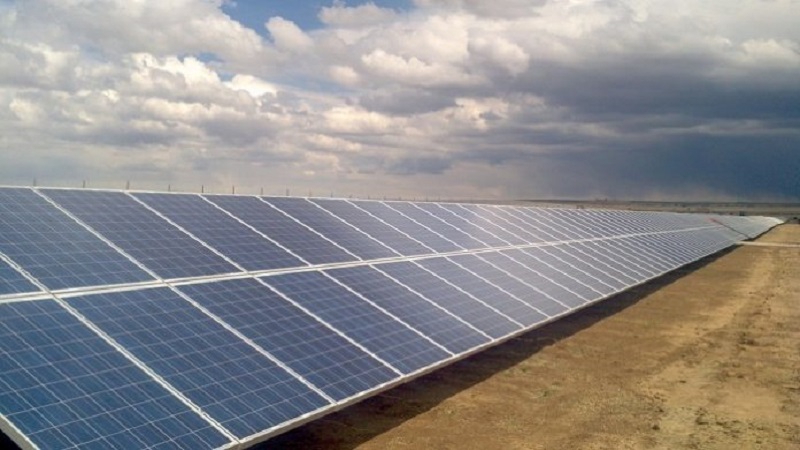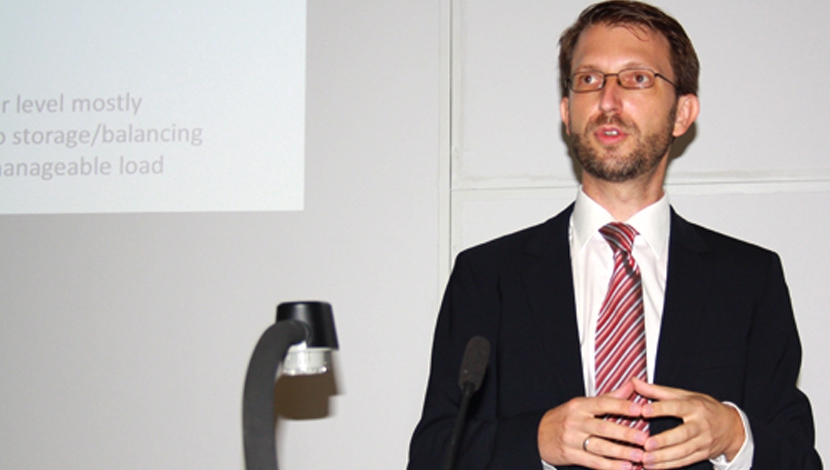

The CSIR’s formal input into the Integrated Resource Plan (IRP) public consultation process, which ended on March 31, proposes a new-build mix that deviates materially from the IRP Base Case released by the Department of Energy (DoE) in November.
The same modelling framework used by the DoE is employed by the CSIR to develop what it describes as a “least-cost, unconstrained electricity mix by 2050”.The science council’s techno-economic model, therefore, does not include the limitations imposed in the Base Case on the amount of renewable-energy capacity that can be added in a single year.
The restriction, which has been justified on the basis of it having also been included in assumptions used for the current version of the IRP, has been criticised by several stakeholders, including Energy Intensive Users Group (EIUG), which argues that the Base Case “should always be the least-cost scenario against which all scenarios and sensitivities are tested”.Most other input assumptions have been retained, including a discount rate of 8.2% and yearly average growth rates of 2.3% and 1.4% as outlined in the ‘High’ and ‘Low’ forecasts contained in the Base Case.
However, the CSIR’s costs assumptions for solar photovoltaic (PV) and wind have been adjusted to reflect the tariffs bid during the most recent bid-window of South Africa’s Renewable Energy Independent Power Producer Procurement Programme.
The outcome is a new-build mix made up predominantly of solar PV and wind, supported by flexible powergenerators, such as gas, concentrated solarpower, hydro and biogas.
The share of renewables in this “cost optimal” mix is greater than 70% by 2050. The mix also includes no new nuclear capacity, representing a marked deviation from the Base Case, which assumes that nuclear will comprise 28% of the mix, or 20.4 GW, by 2050.
The CSIR claims the least-cost mix would be R70-billion-a-year less expensive by 2050 than the Base Case. In addition, it would produce less than half of the carbon emissions and consume far less water, while still meeting the anticipated demand of 522 TWh by 2050.





